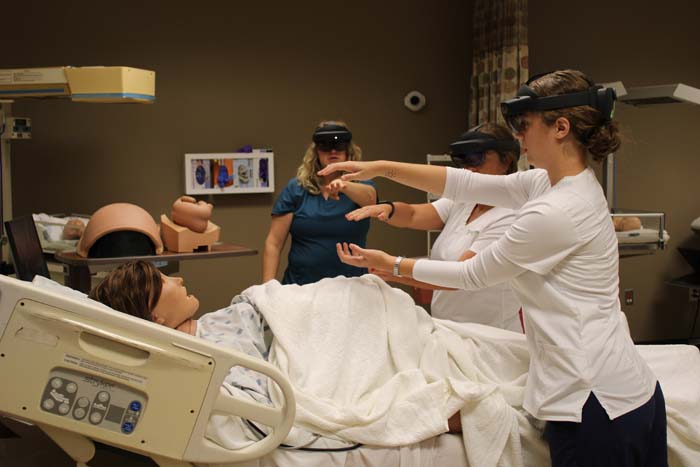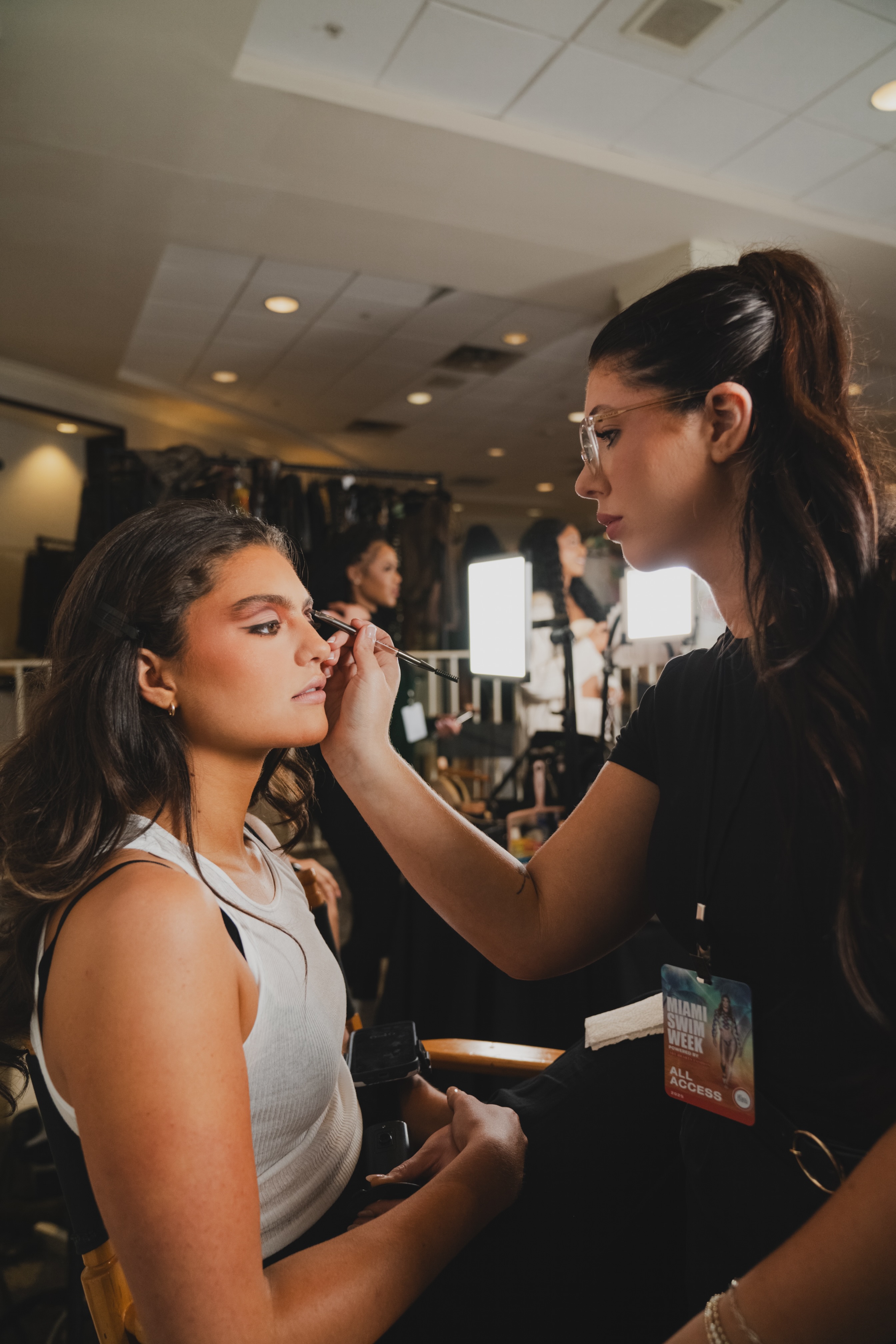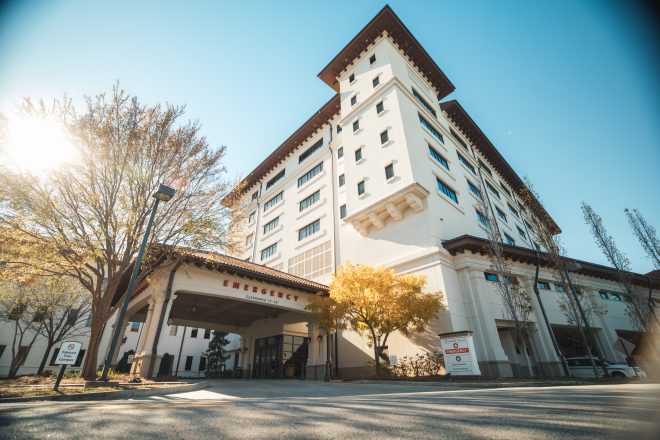SRTC Nursing Program brings reality to the classroom through virtual headsets
Published 8:44 am Friday, August 18, 2023

- A NEW VIEW: Students massaged the fundus during the simulated exercise, having never viewed it in this way before.
THOMASVILLE- As junior nursing students entered the virtual hospital at Southern Regional Technical College, they were greeted by their instructor Megan Long, MSN RN and some new equipment. SRTC recently acquired virtual reality headsets and VR goggles that allow nursing students to practice a variety of scenarios in a reality simulator.
SRTC Director of Marketing and Development Brittany Bryant said the technical college system received a grant allowing them to purchase the VR goggles, which they intend to use in multiple programs.
Trending
“It’s taken a long time for the company to get the software down,” Bryant said. “The plan was to use them in nursing and welding in several different courses, so students could get that hands on experience before they actually ever got on a welding machine or work on a patient.”
According to Bryant, the goal is to help students see various issues on a mannequin that may not arise in their clinical rotation.
“They have to do so many rounds of clinicals in nursing, but they may not see a birth that day, or if they see a birth, they may only a C-Section, so this allows them to not only see everything, but learn how to handle the scenario and how to deal with the family in that scenario,” she said.
Long, who serves at the Simulation Lab Coordinator as well, explained that during each scenario, the headsets talk to the students, sharing interventions that are appropriate and explaining the anatomy and path of physiology that is happening.
“It’s telling you what to expect next, rather it goes well or poorly,” Long said.
While visualizing the inside of the mannequin through the goggles, the mannequin may also speak, saying if they are dizzy or weak.
Trending
“While the mannequin is saying that, the scenario goggles would tell you what the intervention would be,” Long explained.
Long shared that SRTC has had their virtual hospital for quite some time and while the mannequins speak and even birth crying babies, they do not allow for nurses to feel inside the body cavities. Without this, students are left with only pictures in textbooks and stories of what it’s like.
“Being able to immerse yourself and see where your hands are supposed to be, especially after a birth, not only allows them to visualize what they learned in lecture, but practice it and utilize the lesson,” Long said. “It’s really a bridge of what they learned in lecture and how they treat that patient in real life.”
Long explained the entire time students are wearing goggles, they are being
recorded so she and other instructors can go back and talk with them afterward about what they did well, or why a reaction happened after they touched a clot in Med Surge.
“We go over everything,” Long said. “Were you timely, did you acknowledge the family, did you miss a step. Everyone is required to roll play as a family member to add a new perspective.”
Not only are the instructors seeing a benefit from the new technology, but other health organizations are as well.
“They (hospitals) see the benefit of virtual and simulated clinicals, where you can practice things in a condensed, real time situation,” Long said.
For nurses who decide to practice at Phoebe, Long said this is already something they will be accustomed to when it comes time for onboarding.
“Phoebe has a simulation lab at their hospital that they use for onboarding, nurse residency, new nurses and reintroducing old nurses to new techniques. They allow us to use their lab also,” Long shared.
When the students travel to the simulated lab at Phoebe, they are privy to larger simulated traumas and additional OBGYN simulations.
“It allows them to practice in a different setting on different mannequins just to get more experience,” Long said.
Long explained that each instructor has seen various cases over the years, which allows them to tailor the mannequin and simulation to a specific incident that happened, in order to show students the proper way to respond.
Some of Long’s background in Med Surge has allowed her to show dialysis and various kidney-related issues to students in her class.
“You can bring some really off the wall stuff in, but you can walk them through it, because you’re in a controlled environment,” Long reminded.
Long hopes this helps her students be prepared to spot anything that comes their way. With Long at the helm of the simulation lab and the new VR goggles, SRTC is still paving the way for nurses in the state of Georgia. They are currently ranked the number one technical college in Georgia for nursing graduates.





